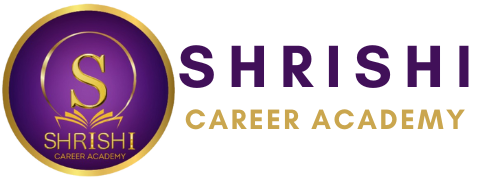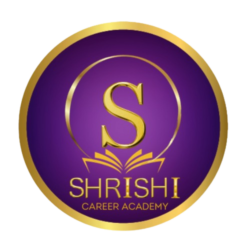Resumes and CVs are an excellent one-size-fits-all solution for job seekers and college applicants. It is a great way to exhibit experience, educational qualification, capabilities, and skills. Both help in getting that particular interview one is vying. Resumes and CVs are different in their significant way, with certain countries preferring one over the other for a job opening or college application. For example, CVs are preferred in Europe and Asia and Resumes in the United States of America and Australia. However, in India, the terms are often interchangeable, a common mistake among applicants, as the recruiter is often, looking for something specific.
So what exactly is the difference between the two? What goes into the two?
Let us find out.

A Curriculum Vitae or CV is an in-depth detailing of academic history, publications, work history, and skills. CV is updated now and then and, hence, it for different job openings. It is accompanied by a cover letter, addressed to the recruiter, which summarizes the CV.
A Resume, on the other hand, is a condensed representation of the most relevant experiences and work history, suitable for the position that a person is applying for. It is often tailor-made for a particular job opening or college application.
So now that we know what a resume and CV are, what makes them different? For starters, a CV is usually in the range of 2-8 pages long while, a Resume is preferred to be a page long. CVs are preferred for academic purposes and Resumes for professional openings. Therefore, a CV is Academically centered and, a Resume is more for a professional opening. Since a CV has a descriptive view than a Resume, the former can include everything one has done or achieved in their personal and professional front while the latter sticks to what is more fit to the requirement. Therefore a CV can include the interests, languages known, and others, while a Resume can have these only if it is required for the job opening.

For a Resume, avoid unnecessary purge of information and stick to points that fit the opportunity. Make the Resume ATS friendly by citing it in reverse chronological order, i.e., most recent work experience at the top followed by the early work experience and educational qualifications. Use keywords like maximize, research, problem-solving, and others. Unless specified, save the document as a PDF. Make use of points and bullets in the resume to highlight the important parts. Use uniform font (Ariel/Calibri), sizing (11/12), and simple templates. Proofread your resume multiple times, before applying.
Since a CV include personal information as well, the requirement of which, changes from country to country. For example, in the UK, the inclusion of marital status is a strict no-no, while in Asia, every same information though not necessary, is often included. In Germany, a passport-size photo is a must, while other European countries have not made it mandatory to do so. CVs have an objective and are in the functional format, emphasizing skills over work experience in India.
A tried and tested formula of CV to start with contact information (Phone number/ email d) followed by objective, work history, educational qualification, and lastly with additional inputs like volunteer experiences, language proficiency, and others. The preferred font is either Ariel or Helviitca in 11/ 12 font size. Make sure the document is not overpacked with icons and pieces of information, ie., make sure the document is spaced and aligned. To catch the employee’s eye right away, having the objective is of prime importance. Using ‘I’ as a pronoun in the objective is a no, try describing oneself in the third person.
For the cover letter, the most important segue is to have a powerful opening line, which shows the applicant’s enthusiasm and willingness to work/ study at the institution. Whilst giving personal information, make sure not to link social media platforms like Instagram and Twitter, as it might give an unprofessional aura. Instead, use your LinkedIn profile. Unless specified, do not include references. Include keywords like analyzing, implement, and others. Under work experiences, including the role played in a particular project that saved costs or reduced workload, or brought in profits. This gives an instant boost to a person’s profile, showing what they are capable of.
Now that we know the do’s and don’t s, the detrimental step is to choose whether to use a CV or Resume, which can be decided after understanding the job profile or academic application. Make sure to bring out the very best of qualities while being pertinent to the demand.
All the best!
References




